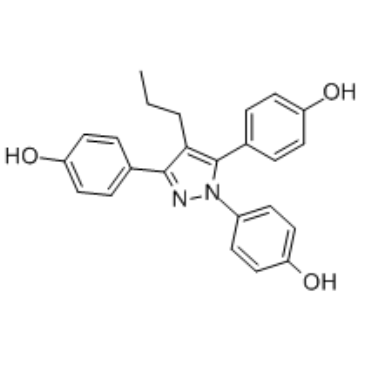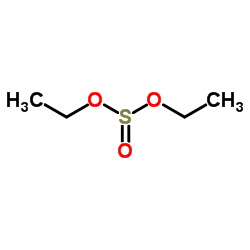| 结构式 | 名称/CAS号 | 全部文献 |
|---|---|---|
 |
氯化钠
CAS:7647-14-5 |
|
 |
乙醇
CAS:64-17-5 |
|
 |
甲醛
CAS:50-00-0 |
|
 |
氯化钠-35cl
CAS:20510-55-8 |
|
 |
4,4',4''-(4-丙基-1H-吡唑-1,3,5-三基)三苯酚
CAS:263717-53-9 |
|
 |
亚硫酸二乙酯
CAS:623-81-4 |